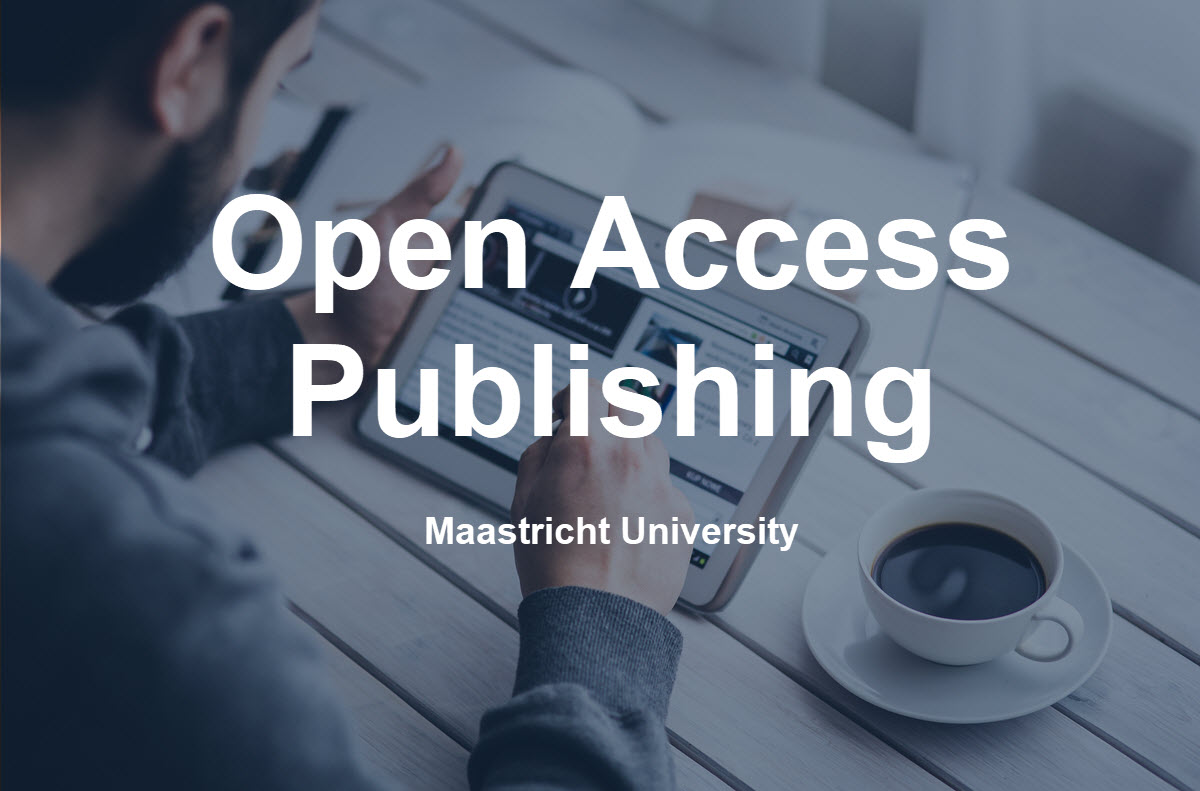Article processing charge - APC
A fee that is paid to journals to publish an article Open Access.
APCs are most often paid by the author’s institutions or research funder. The article processing charge (APC) covers the publisher’s processing and publishing costs for the OA article and generates income. An APC is an alternative method of covering costs and income generation to the traditional subscription model of payment to access or receive journal content.
Not all OA or hybrid journals charge an APC for OA publication: some use other models to cover costs such as sponsorship. APCs differ from vanity publishing in reputable journals because of robust quality control such as peer review that precedes publication.
Synonyms: APC; article processing fee; publication charge
Acronym: APC
Related Terms: APC payment
Sources: OpenAccess.nl, Jisc
Article publication charge
The charge levied by a publisher to an author (or their funder or institution) to publish an article.
Such charges may include, but are not limited to: APCs; page charges; publishing charges or fees; submission charges; colour charges; charge for reprints; cover image charge; supplemental data publication fee; third party copyright charges.
Most of these charges are not related (either directly or indirectly) to the article being published Open Access. Publishers of OA articles usually charge other publication charges in addition to APCs.
Synonyms: Publication fee, page and colour charges, Non-APC publication charges
Acronym:
Related Terms: page charges, publishing charges or fees, submission charges, colour charges, charge for reprints, cover image charge, supplemental data publication fee, third party copyright charges.
Sources: casrai.org
Author Accepted Manuscript - AAM
The AAM is the author’s final, peer-reviewed and corrected manuscript, created in Word or LaTeX.
The AAM is produced by the author(s) and, as such, not yet copyedited, type-set, metadata-labelled and formatted for online or print publication. The author accepted manuscript is also referred to as post-print.
When publishers require authors to upload their final manuscript into a formatted page, this document is considered the Author Accepted Manuscript (AAM). It is distinguishable from the final published version because page numbers, volume and issue number are absent. Content and layout follow the publisher’s submission requirements. A document that has been typeset or copy-edited by the publisher (such as proofs or the final published Version of Record) is not an AAM.
The manuscript version (together with the pre-print or submitted version) is what most journal publishers allow to self-archive in repositories.
Synonyms: AAM, post-print, accepted version
Acronym: AAM
Related Terms: preprint, version of record, VoR, published version
Sources:
Bibliographic metadata
A set of information and meta tags to describe and identify a publication.
Bibliographic metadata enable indexing and make articles, books and other types of scholarly outputs discoverable in digital archives and by search engines.
Examples of standard bibliographic metadata are author name, author identifier (e.g. ORCID), publication/object identifier (e.g. DOI), affiliation, title, abstract, journal name, journal ISSN, publisher name, publication year, type of publication.
When entering a new item to an information system, like Pure or ORCID, these systems ask you to provide the bibliographic metadata of that item.
Journal embargo
The delay imposed by some journals between the moment a paper gets published, and the time it can be made available on another online platform (preprint server, institutional repository, author webpage etc.).
Embargo periods vary from publisher to publisher and from discipline to discipline. Our Open Access Journal Browser and the online service Sherpa/RoMEO allows you to look up the policies of most journals with regards to self-archiving (green open access) and embargo periods.
PID - Persistent Identifier
A persistent identifier (PID) is a unique digital reference to a document, file, website, or other objects. It allows one to locate the item over the long term, i.e. it is persistent.
One of the best-known persistent identifiers in the scholarly context is the Digital Object Identifier (DOI), which provides a unique and continued reference to digital outputs, such as publications and data.
Persistent identifiers are crucial to making research outputs FAIR.
More information
If you feel that essential terms are missing in this glossary section, or if the information provided is incorrect, we would like to hear from you at openaccess@maastrichtuniversity.nl.
For specific or complex questions and support, please get in touch with an Open Access specialist at the University Library.

